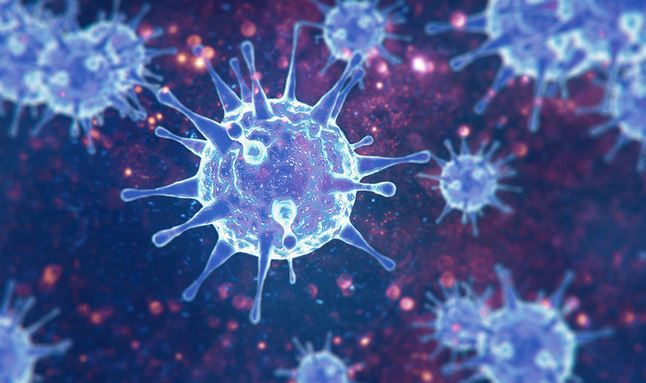Ultrashort Echo Time MRI Comparable to CT in Assessing COVID-19 Patients
UTE-MRI can be a valuable alternative in situations where repeated radiation exposure is of concern.

Radiologists can add ultrashort echo time MRI to the list of tools that can be used to effectively assess COVID-19-positive patients for a variety of pulmonary findings, new research revealed.
In an article published on June 3 in the Journal of MRI, a team of researchers from China determined that ultrashort echo time MRI (UTE-MRI) is comparable to CT scans when it comes to detecting the most common pulmonary findings associated with COVID-19. This includes identifying lesions, ground-glass opacities, and consolidations.
With the continued, rapid spread of COVID-19 worldwide, the team said, UTE-MRI could be a useful in both patient assessment and management.
“The results of this study suggest that there was not only high concordance between UTE-MRI and CT in assessing the representative image findings of COVID-19, but also similar image quality for two image modalities, which implies that UTE-MRI could have potential in aiding the diagnosis and surveillance of COVID-19,” wrote the lead study author Shuyi Yang, M.D., Ph.D., from the Shanghai Public Health Clinical Center. “This study suggests that UTE-MRI may act as a potential alternative to CT for non-invasively evaluating COVID-19.”
To determine the utility of UTE-MRI, the research team conducted CT scans and gathered 3T MRI images on 23 patients who were confirmed to have COVID-19 with an RT-PCR test. The MRI used a respiratory-gated 3D radial UTE pulse sequence.
Based on the team’s findings, there was no significant difference between the image quality of the CT scans or the UTE-MRI images, with investigators assessing both as excellent. The approaches used with both CT and UTE-MRI were similar in evaluating virus-associated findings, including affected bodies, ground-glass opacities, consolidation, ground-glass opacities with consolidation, total severity scores, the number of crazy-waving patterns, and linear opacities.
The team pointed to two factors behind the quality of UTE-MRI images – respiratory-gated MRI is effective at greatly reducing respiratory artifacts, and UTE-MRI can compromise the fast T2* signal decay with ultrashort echo time, improving the signal-to-noise ratio of images.
Ultimately, the team said, the performance of UTE-MRI shows it can be an effective and valuable alternative to CT scans during the pandemic.
“Due to the high concordance with CT for visualizing the representative pulmonary finding and an image quality similar to CT, UTE-MRI is considered valuable for evaluating the radiological findings of patients with various pulmonary parenchyma diseases,” the team wrote.
In particular, they noted UTE-MRI can play a critical role in non-invasively evaluating COVID-19 in areas where RT-PCR tests are scarce and there is a concern about repeated radiation exposure with CT scans or X-rays.
Can Abbreviated MRI Have an Impact in Rectal Cancer Staging?
April 4th 2025Abbreviated MRI demonstrated a 95.3 percent specificity for rectal cancer and provided strong agreement with the full MRI protocol for T staging and detection of extramural venous invasion, according to newly published research.
GE HealthCare Debuts AI-Powered Cardiac CT Device at ACC Conference
April 1st 2025Featuring enhanced low-dose image quality with motion-free images, the Revolution Vibe CT system reportedly facilitates improved diagnostic clarity for patients with conditions ranging from in-stent restenosis to atrial fibrillation.